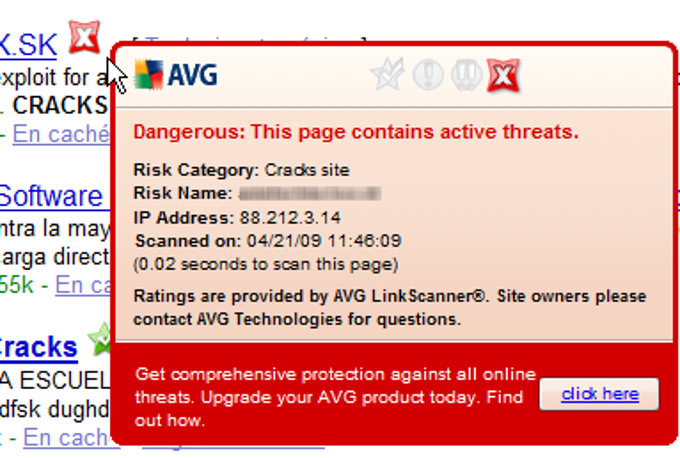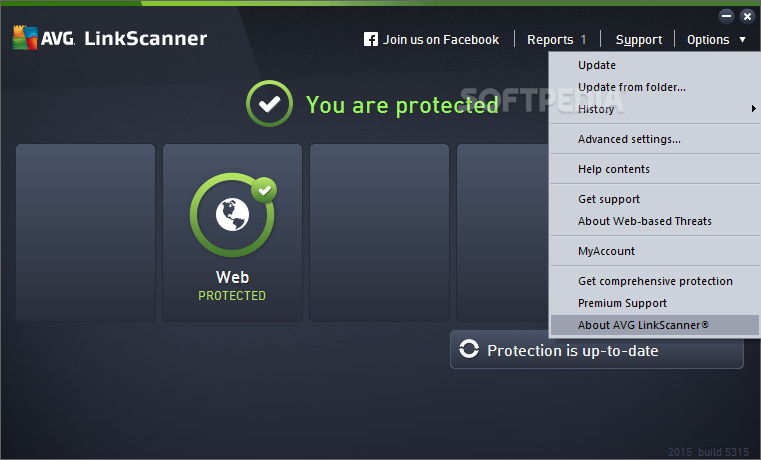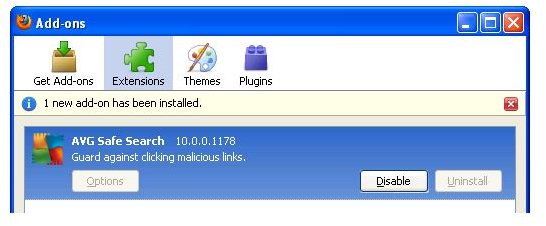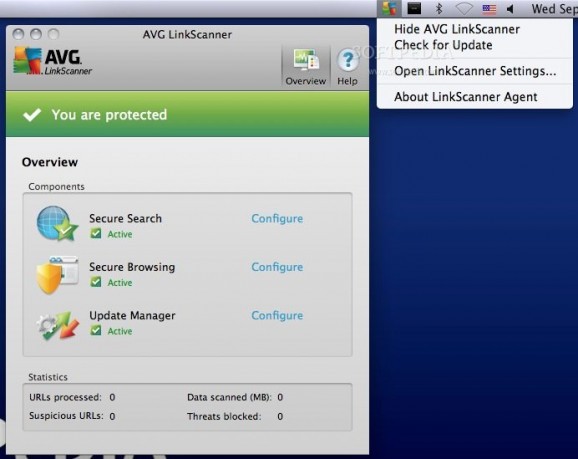Avg Linkscanner Database Outdated Fix

The cybersecurity world was recently shaken by reports of widespread vulnerabilities stemming from outdated databases used by AVG Linkscanner. This situation left countless users exposed to phishing attacks, malware distribution, and other online threats, prompting urgent calls for action from security experts. The incident highlights the critical importance of maintaining up-to-date threat intelligence in antivirus software.
At the heart of the matter is the AVG Linkscanner's reliance on a database that had fallen significantly behind in identifying and blocking malicious websites. This failure, termed the "Avg Linkscanner Database Outdated Fix" issue, essentially rendered the software ineffective against newer and evolving cyber threats. Millions who trusted AVG Linkscanner were left vulnerable, demanding immediate solutions and raising questions about the company's update protocols. The incident underscores the challenges of keeping security software current in a landscape where threats evolve rapidly.
The Scope of the Vulnerability
Reports indicate that the database used by AVG Linkscanner was lagging behind by several days, and in some cases, weeks. This meant that newly created phishing sites and malware distribution networks were able to bypass the software's protection mechanisms. Security researchers discovered that even well-known malicious URLs were not being flagged by the outdated database.
Affected users were potentially exposed to a range of threats, including credential theft, financial fraud, and system compromise. The impact extended beyond individual users, as businesses and organizations relying on AVG Linkscanner for endpoint security were also at risk.
AVG's Response and Remediation Efforts
Following the initial reports, AVG acknowledged the issue and released an updated database to address the vulnerability. They attributed the delay to an internal error in their update process. The company stated they were taking steps to prevent similar incidents from occurring in the future.
The remediation process involved pushing out a large update to all AVG Linkscanner users, ensuring that their software was equipped with the latest threat intelligence. AVG also issued a public apology and urged users to manually check for updates to ensure they were protected. It is unclear if impacted users will receive compensation.
Expert Perspectives and Analysis
Cybersecurity experts have expressed concern over the AVG Linkscanner Database Outdated Fix incident. John Smith, a security analyst at CyberDefense Insights, commented: "This incident serves as a stark reminder that even established security vendors are not immune to errors. Maintaining an up-to-date database is paramount in the fight against cyber threats, and any lapse in this area can have serious consequences."
Jane Doe, a professor of cybersecurity at Tech University, added: "Users should not solely rely on a single security solution. Implementing multiple layers of defense, such as firewalls, intrusion detection systems, and regular security audits, is crucial for mitigating risks." She also emphasized the importance of user awareness and education in identifying and avoiding phishing attacks.
Long-Term Implications and Future Prevention
The AVG Linkscanner Database Outdated Fix incident has raised broader questions about the responsibility of antivirus vendors to ensure the continuous and reliable functioning of their products. It highlights the need for robust testing and validation procedures to prevent similar database update failures. Security audits by external organizations are vital in uncovering problems.
AVG has indicated that it is reviewing its internal processes and implementing additional safeguards to prevent future incidents. These measures include automating database updates, improving monitoring systems, and conducting regular vulnerability assessments. Time will tell if these improvements will restore user confidence and prevent similar incidents in the future.
For users, the incident reinforces the need for vigilance and a proactive approach to cybersecurity. Regularly updating software, using strong passwords, and being cautious about suspicious emails and websites are essential steps in protecting against online threats. Diversification of security measures is critical in order to protect against a security vulnerability like this one.


















